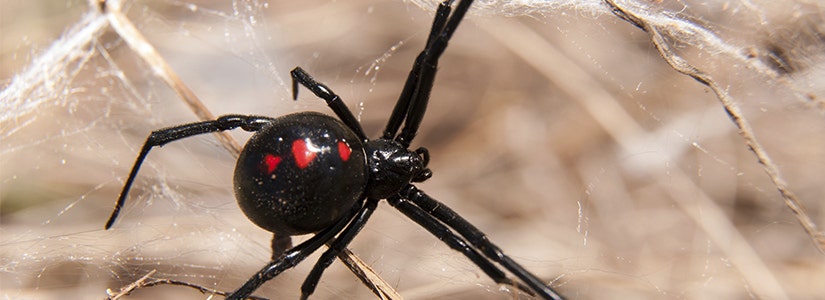

- Home
- Solution Center
- Learn
- Indoor Bugs
- 4 Harmful Indoor Pests
4 Harmful Indoor Pests
Scary pests might be lurking inside your home –and you may not even realize the threats that come with them. Worldwide, roughly one out of every six people has a disease caused by an insect. Discover which indoor pests have the greatest potential to harm you and your family, and steps you can take to avoid them.
Cockroaches
Because roaches eat all kinds of things including pet waste and garbage, they ingest disease-causing bacteria that can survive in their gut for four weeks or longer. Roaches pass these bacteria in their feces, which other roaches walk through and transmit to surfaces in your home.
Cockroaches carry many different bacteria on their bodies, including Salmonella, Streptococcus and Staphylococcus. They have also been linked to the spread of Hepatitis virus, Dysentery and Typhoid. Some people develop allergies to Roach bodies and excrement, and these allergies frequently lead to Asthma.
Keeping a clean, clutter-free home and eliminating food and water sources are the first steps in controlling Roaches. In addition to treating your home with an indoor insecticide, you can make the exterior of your home unappealing to Roaches with a pesticide perimeter treatment.
Houseflies
This pest is so commonplace that you may not consider the danger it carries. Houseflies lay their eggs on decomposing organic matter such as garbage and animal waste. While perched on these items, houseflies gather various pathogens on their legs, feet, bodies and mouths.
The fly transfers these pathogens to its next landing spot, which could be your family's dinner or the surface where it's prepared. Houseflies carry diseases including Tuberculosis, Typhoid and diarrheal diseases such as Salmonella.
Practice habits that prevent common Houseflies, such as keeping garbage tightly sealed and regularly rinsing recycling materials, to keep these pests away.
Black Widow Spiders
Roughly the size of a dime, a Black Widow Spider is jet black and shiny. Females may have a red hourglass-shape mark on their abdomen and are most likely to attack when provoked or when someone accidentally touches them.
The poison of a Black Widow Spider is 15 time greater than that of a rattlesnake, but a Black Widow Spider bite is rarely fatal. The spot of the Black Widow bite will become swollen and painful, and the venom can cause headaches, nausea, weakness, back spasms and other painful symptoms. Children, the elderly and sick individuals are at greatest risk from dying from a Black Widow Spider bite.
Indoors, these Spiders prefer dark, undisturbed areas. They often hide out in basements, attics or garages and in closets where clothes and boxes are stored. Reduce clutter and clean on a regular basis to discourage Spiders from setting up shop. Elevate stored boxes on shelves or pallets so that it is easy to check beneath them for Spiders and other critters by using a flashlight and mirror.
Brown Recluse Spiders
As the name suggests, this Spider is a yellow-brown color with a darker brown, violin-shaped mark on its body. Like the Black Widow, this Spider prefers dark, undisturbed areas like you'd find in a garage, attic, crawl space or basement. The Brown Recluse tends to hang out between and inside cardboard boxes, inside shoes or in clothes that haven't been worn recently. The Brown Recluse Spider is most common in the south and central regions of the United States.
A Brown Recluse Spider bite is often painless, but over time the venom can cause extensive tissue damage that takes several weeks to heal. In rare cases, liver and kidney damage can occur.
Keep habitat to a minimum by following the same steps as for Black Widows above.
Anyone who suspects a Black Widow or Brown Recluse Spider bite should seek immediate medical attention.














